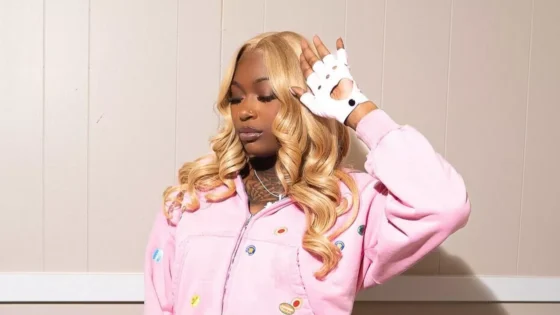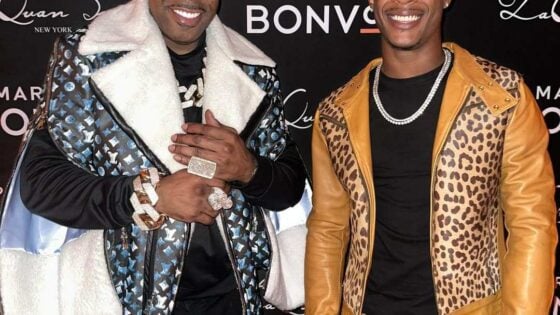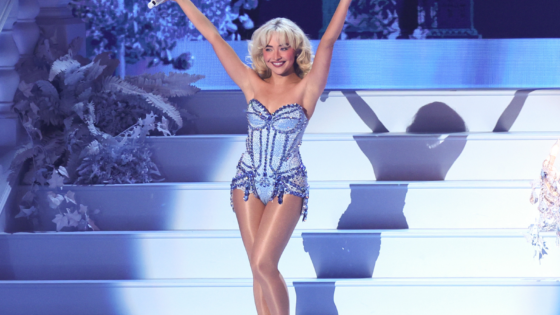Film
50 Years Later: What We Can Take From ‘Valley of the Dolls’
‘Valley of the Dolls’ may be reduced to “trashiness,” but we’d be denying its skill and sensitivity – and perhaps the value of trash.
Based on the novel by Jacqueline Susann, Valley of the Dolls has been alternately denigrated or upheld as a cult classic. Criticized broadly for being trashy, ridiculous, and clichéd, Roger Ebert called it a “dirty soap opera,” while Bosley Crowther described it as “mawkish.” Meanwhile, this became its appeal: a film that’s “so bad it’s good,” one which was adored for its camp quality.
Released in 1967 and following the trajectories of three women as they navigate the entertainment industry, it would be too easy to celebrate Valley of the Dolls for what it means to our current situation, eschewing the mess of its renowned artlessness. While the film does say a lot about the art world of then and now, it is a work which, beyond its social meaning, has endless, glorious merits: watching it makes claims of its substandard quality seem delusional.
The film is a raging melodrama that focuses on small-town Anne Welles (Barbara Parkins), talented singer Neely O’Hara (Patty Duke), and pretty actress Jennifer North (Sharon Tate). Introduced in similar circumstances — the start of their careers — their lives intermingle as each struggles to survive. Anne moves to New York to become a secretary, is scouted as a model, and starts a relationship with Lyon Burke, the lawyer she was working for. Despite her success, she is unfulfilled when Lyon cannot commit to her, turning to pills to cope. Neely begins by being fired from a small role in a Broadway show when fading star Helen Lawson (Susan Hayward) feels Neely will overshadow her. Rising regardless after a television performance, Neely’s Hollywood career is marred by her dependence on drugs prescribed to help her work, lose weight, and sleep, as she spirals through addiction. Jennifer, meanwhile, is objectified by coworkers and marries a nightclub singer, leaving show-business until forced to return when her husband, sick and unable to work, can no longer provide for them. She performs in French art films — really, softcore pornography — before developing breast cancer. Receiving a mastectomy, and aware that her body was the only thing appreciated about her, she takes her own life by overdosing on pills.
The women are ultimately connected only tangentially; presented as friends, and at some points enemies, they seem to rarely interact, while the biggest connection is the drugs they all come to depend on. Watching Valley of the Dolls makes one hungry for friendship, for support. Seeing these women suffer at the hands of men and the institutions they run is hard enough without seeing them attack each other. But the film is sympathetic. We watch as these women are tortured, but that torture is realistic. While the film heightens it for drama and throws it together into a tight narrative, it holds a truth which is only amplified by its emotional excess, and in the collective trauma we witness, we understand the aggression these women enact upon each other.
When Neely humiliates Helen, or when Helen humiliates Neely, we are struck by the cruelty, but also by the complete, fatal hold Hollywood has upon women. The terror felt by a woman who is rendered more undesirable with every passing year or every pound gained, and the constant awareness of how precarious her appeal is regardless of her talent, makes us understand why these women act viciously. It is not for bloodlust, but to barely survive in an industry that seems to hate them.
When on the personal plane Anne and Neely fight over their romantic relationships (and Lyon’s affections), we are aware of the conspicuous absence of the man who is inciting this anger, and who seems least emotionally impacted by the situation. Unfazed because he ultimately does not care and is not bound by the strict social mores and gender roles which denigrate these women, Lyon, blissfully ignorant, leaves turmoil in his wake. Jennifer comes out of the film more pure; her anger is directed inward. She does not lash out, but submits. In order to help her increasingly unpopular husband, she practically grovels for her friends to give him jobs, and when he is too ill to work, she accepts the “art film” roles she hates, receiving only harassment, insinuation, and insults for her labour.
We can judge these characters as drama queens, bitches, or spineless, but Valley of the Dolls, while intent on its own hyper-drama, is equally intent on its nuanced conception of characters who have the ability to do bad things (to themselves and others), but out of the circumstances each is in, circumstances which are namely patriarchal. When Neely lashes out at her friends and colleagues, we are not made to ignore the pain she causes, but we are likewise never to forget that her drug-induced rages are the result of the Hollywood system pumping her full of pills, especially to keep her weight down. And when we watch Neely’s workout montage, we watch as the film breaks her apart, fragmenting her body as if foreshadowing the rupture of herself.
Today, watching Valley of the Dolls feels depressing. Have things changed, or perhaps gotten worse? Regardless, while we can use the film to discuss the current climate, it deserve a space of its own. What it reveals about the 1960s film industry (drawing on earlier Classic Hollywood for inspiration) is a deep and scathing exposé of a series of systems, from fashion to Hollywood to Broadway to those untouchable European arthouse films, and even to the home, and how they trap and control women, killing them slowly.
Mixing together every corner of the entertainment industry’s most glamorous women, with perfectly overwrought performances and a constant tonal high, it could be said that Valley of the Dolls is “too much;” it could equally be said that it’s a calculated melding of entertainment and dramatics that uses an emotional intensity to reflect the severity of the issues it covers. In its melodrama, Valley of the Dolls may be reduced to “trashiness,” but we’d be denying its skill and sensitivity, and perhaps the value of trash. It’s not “so bad it’s good;” it’s just good in a different way. We could call it a “dirty soap opera” — but that is a great compliment.

































